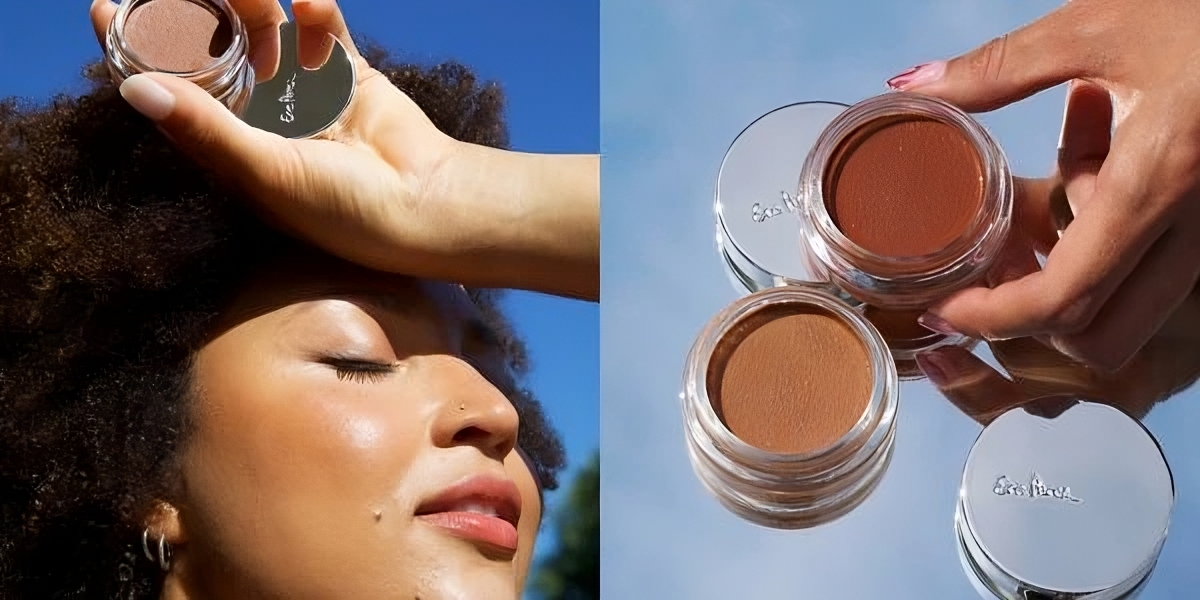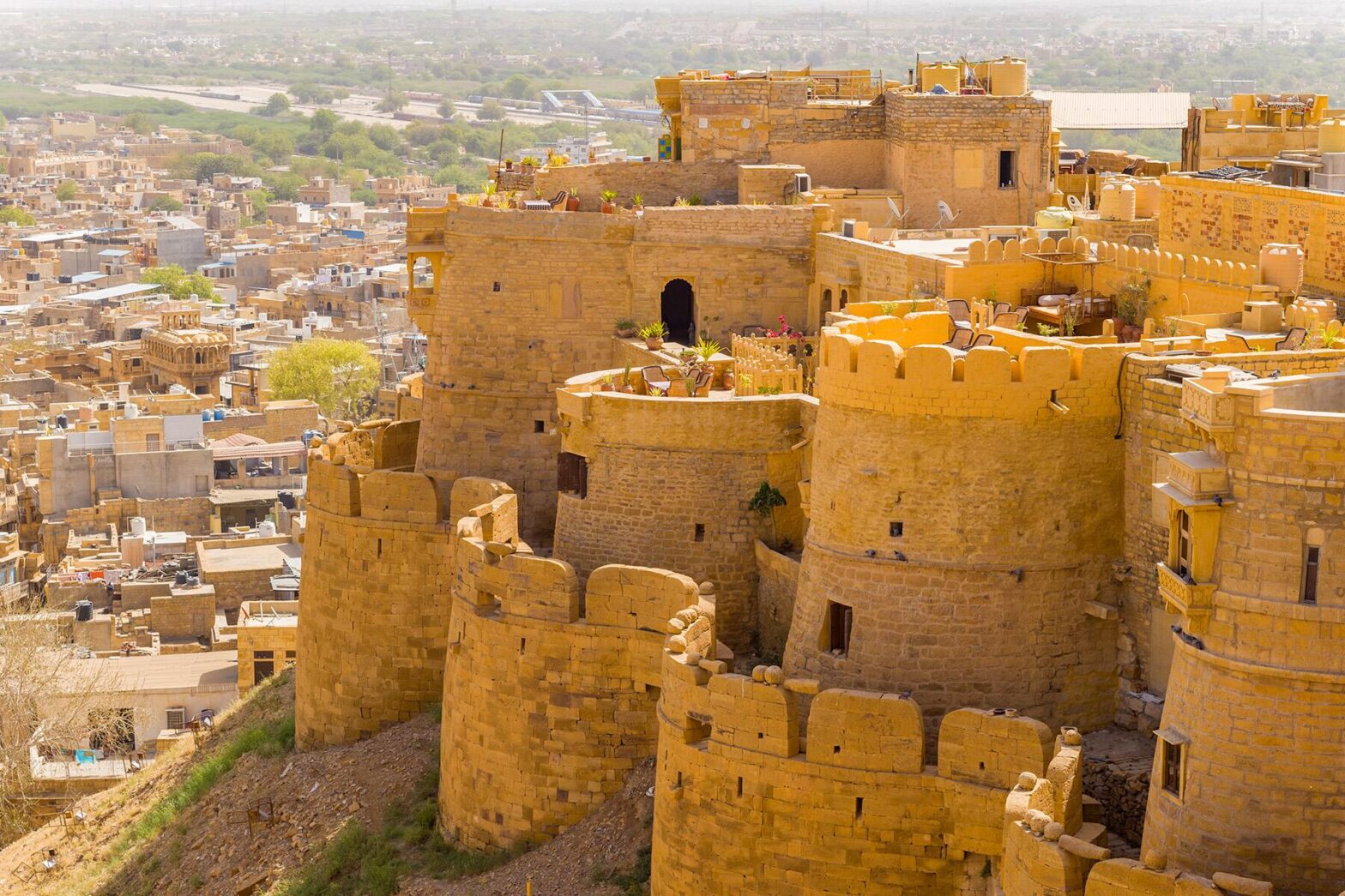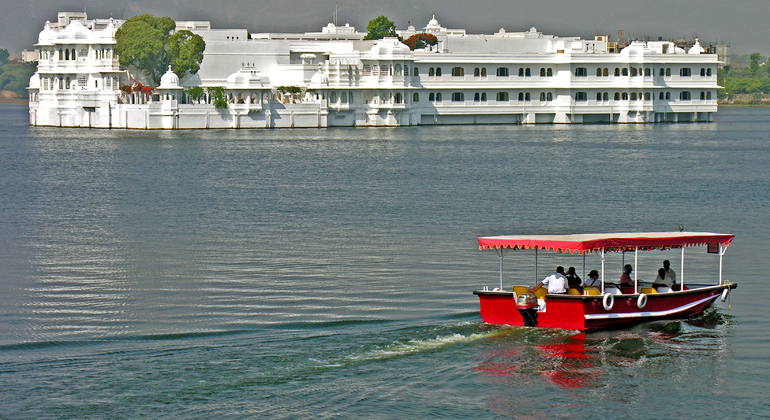When I first started with makeup, I was overwhelmed by the number of brushes available. Every makeup aisle seemed to have dozens of options, making it hard to know which ones were actually necessary. But after years of experience in the industry, I’ve realized that you don’t need a huge collection—just a few essential brushes can help you achieve a flawless look. As a professional at Colour Contour Makeovers, known as the Top Makeup Artist in Udaipur I always recommend focusing on quality over quantity. Here’s a breakdown of the only brushes you really need.
Foundation Brush
A good foundation brush is crucial for achieving a smooth, even base. I always suggest using a dense, flat-topped brush or a buffing brush for blending liquid and cream foundations seamlessly. If you prefer a more airbrushed effect, a stippling brush can be a great choice. While many people use beauty sponges, a brush gives better control and coverage.
Concealer Brush
For those stubborn under-eye circles or blemishes, a small, tapered concealer brush works wonders. It allows precise application and blending without removing too much product. Whether I’m doing a bridal look or Party Makeup in Udaipur this brush is always in my kit.
Powder Brush
A large, fluffy powder brush is essential for setting makeup with loose or pressed powder. The key is to use a light hand to avoid a cakey look. I always tell my clients at Colour Contour Makeovers that setting their makeup properly ensures it lasts all day, especially in Udaipur’s warm weather.
Blush Brush
For a natural flush, a medium-sized, slightly tapered blush brush is perfect. It helps apply just the right amount of product without looking overdone. Whether I’m working on a bride or someone attending a wedding, a good blush application enhances their overall glow.
Bronzer & Contour Brush
Contouring can be tricky, but the right brush makes all the difference. A slightly angled, fluffy brush helps sculpt the face naturally. I always use this brush to define cheekbones, warm up the complexion, and add that sun-kissed effect. If you want to look like you’ve just returned from a vacation, this brush is a must-have!
Highlighter Brush
A fan brush or a small, tapered highlighter brush is essential for achieving that radiant glow. I love using a precise brush to highlight the high points of the face—cheekbones, the bridge of the nose, and the cupid’s bow. At Colour Contour Makeovers, I always emphasize the importance of blending highlighter properly to keep it looking natural yet luminous.
Eyeshadow Blending Brush
One of the most important brushes in any makeup kit is a fluffy blending brush for eyeshadow. It ensures smooth transitions between shades and prevents harsh lines. Whether I’m creating a dramatic evening look or a soft daytime glam, this brush is non-negotiable.
Flat Eyeshadow Brush
This brush is essential for packing on color and adding intensity to eye makeup. It works especially well for shimmer or metallic shades. Whenever I do party makeup in Udaipur, I use this brush to create striking eye looks that make my clients stand out.
Eyeliner Brush
A fine, angled eyeliner brush is great for applying gel or powder eyeliner with precision. It also works well for defining eyebrows. Whether you prefer a bold wing or a soft smudged effect, this brush gives you complete control over your look.
Lip Brush
Many people skip this, but a lip brush ensures precise lipstick application and makes any lip color last longer. I always use it for bridal makeup to create a perfectly defined pout. If you struggle with uneven lipstick application, this brush will change your game.
Final Thoughts
With just these brushes, you can create almost any makeup look without cluttering your vanity. Investing in high-quality brushes and taking care of them properly will make a huge difference in your makeup routine. At Colour Contour Makeovers, I always prioritize using the best tools to enhance my clients’ beauty. If you’re looking for professional makeup services, whether for a wedding, special event, or party, trust the best makeup artist in Udaipur to give you the perfect look











